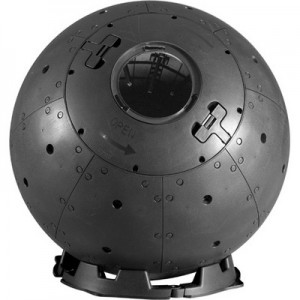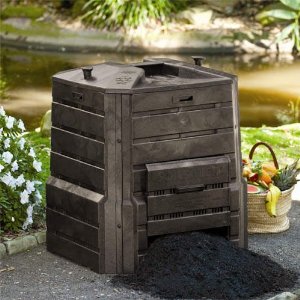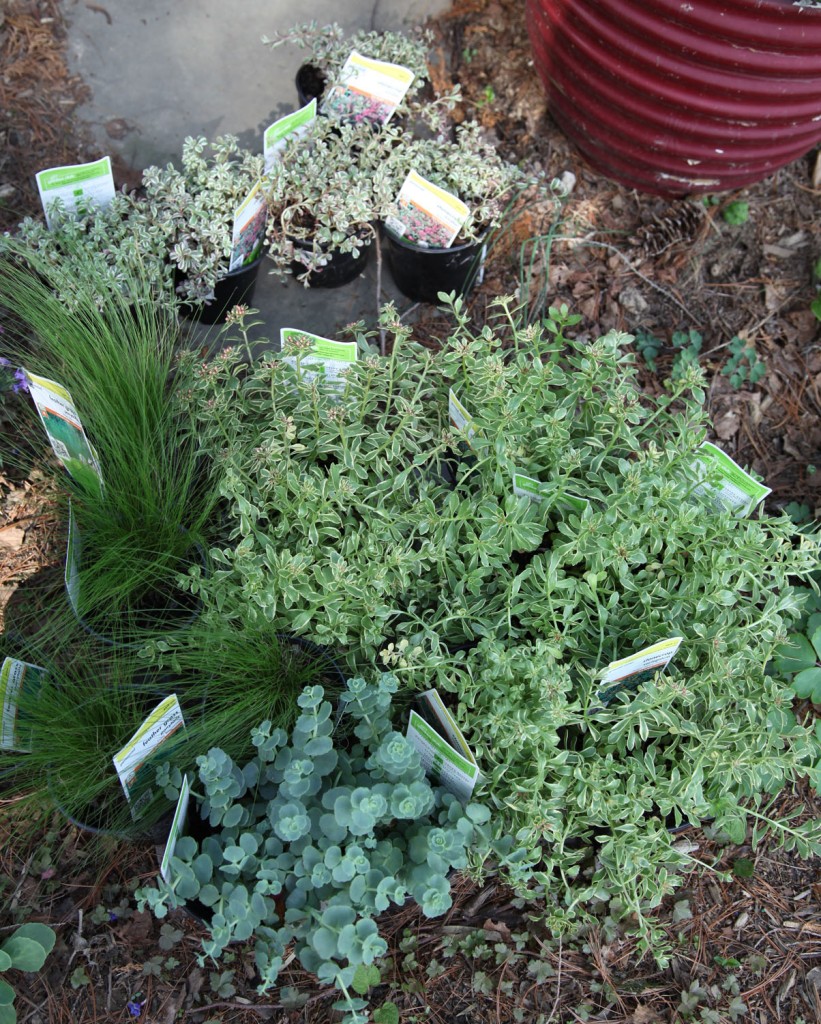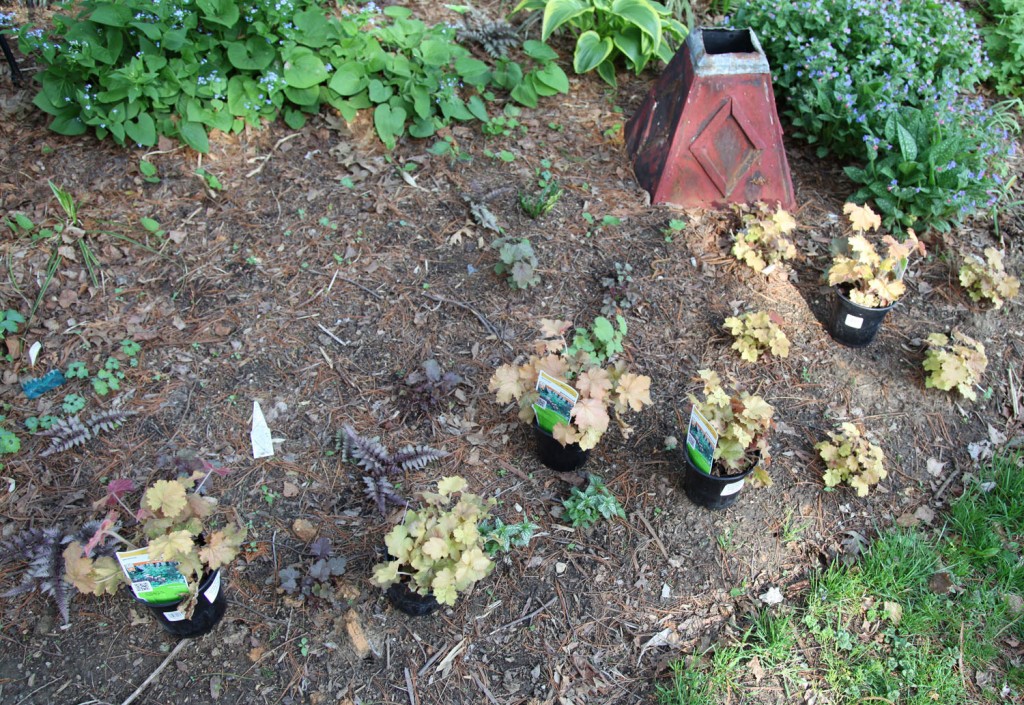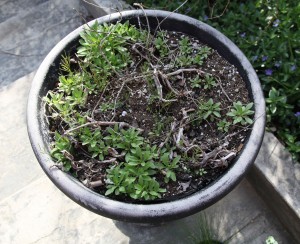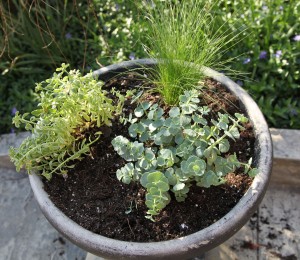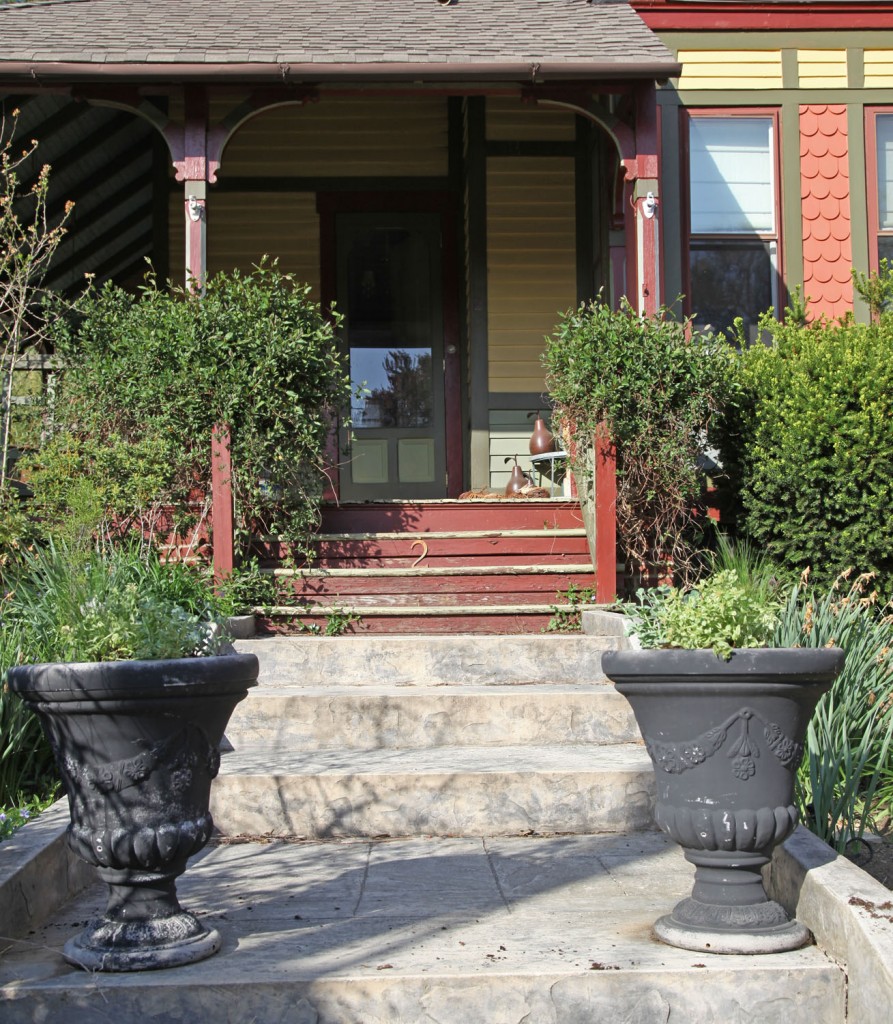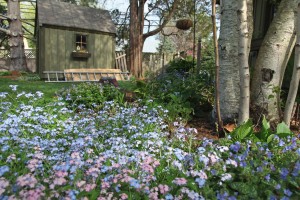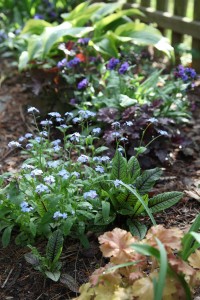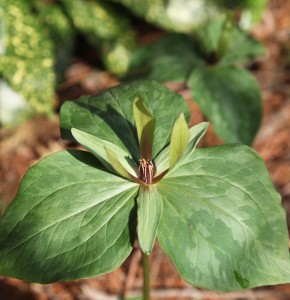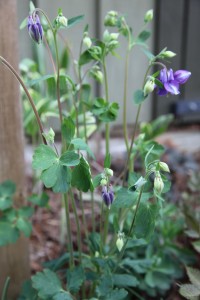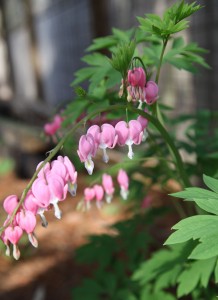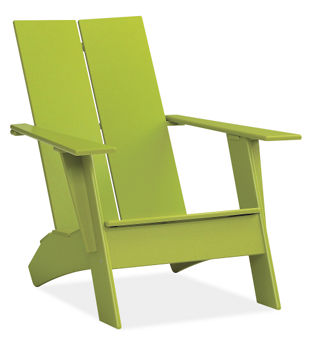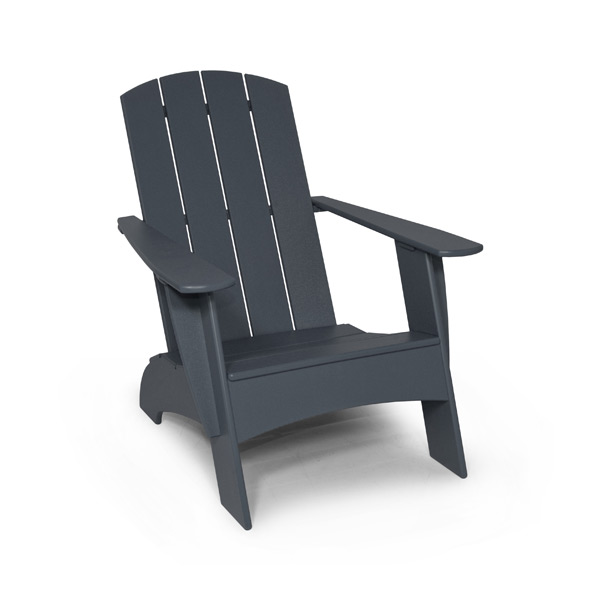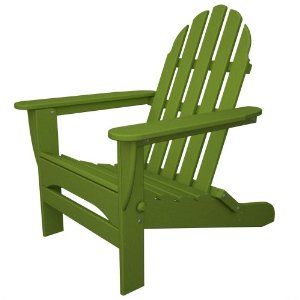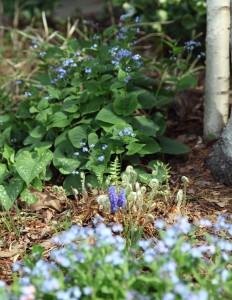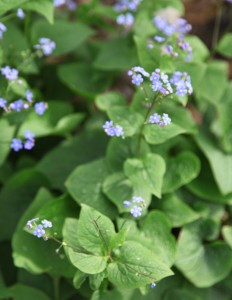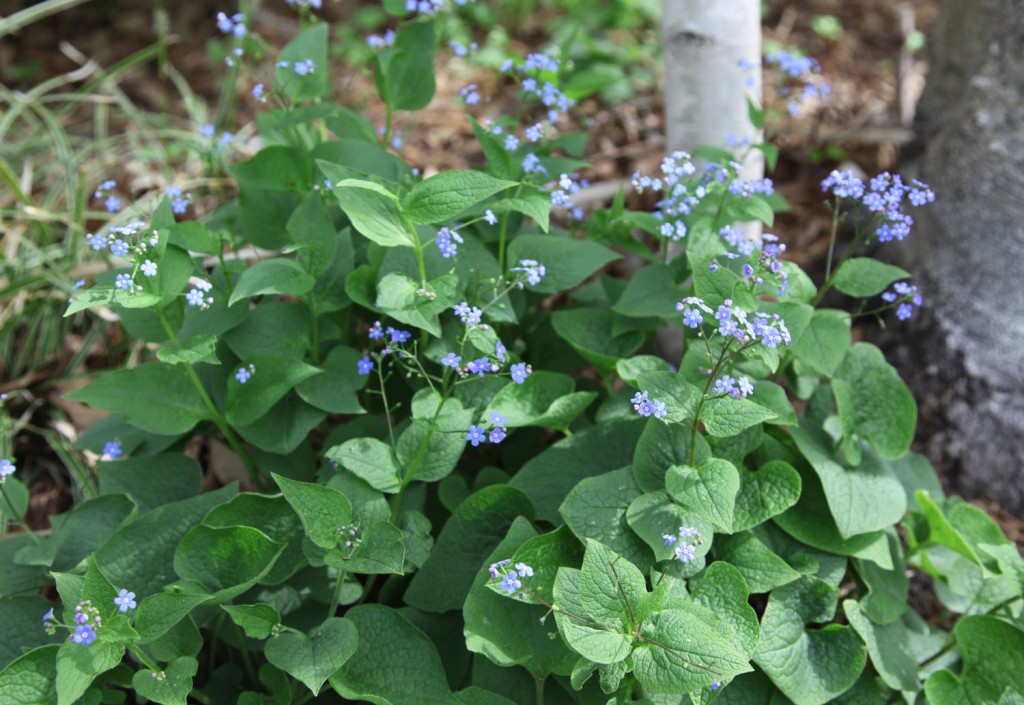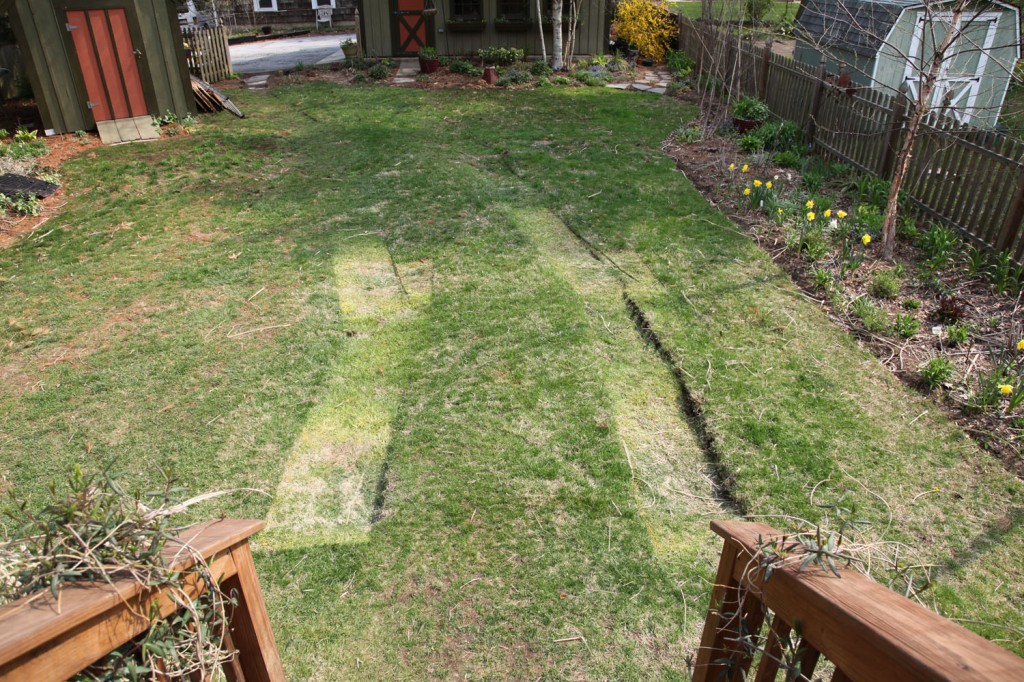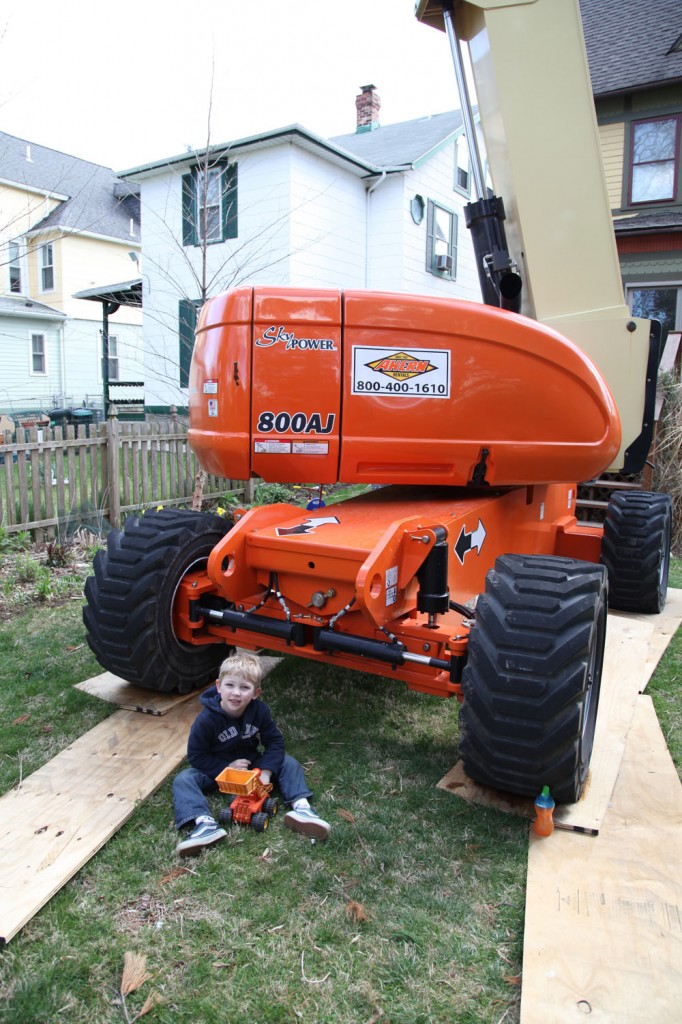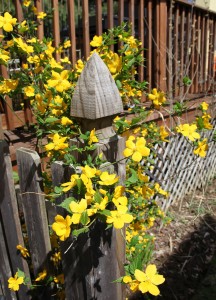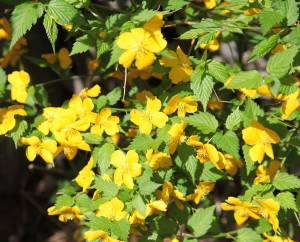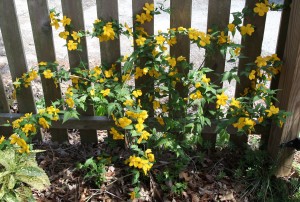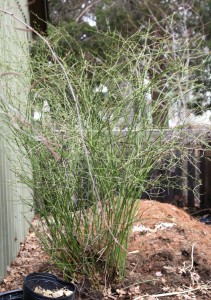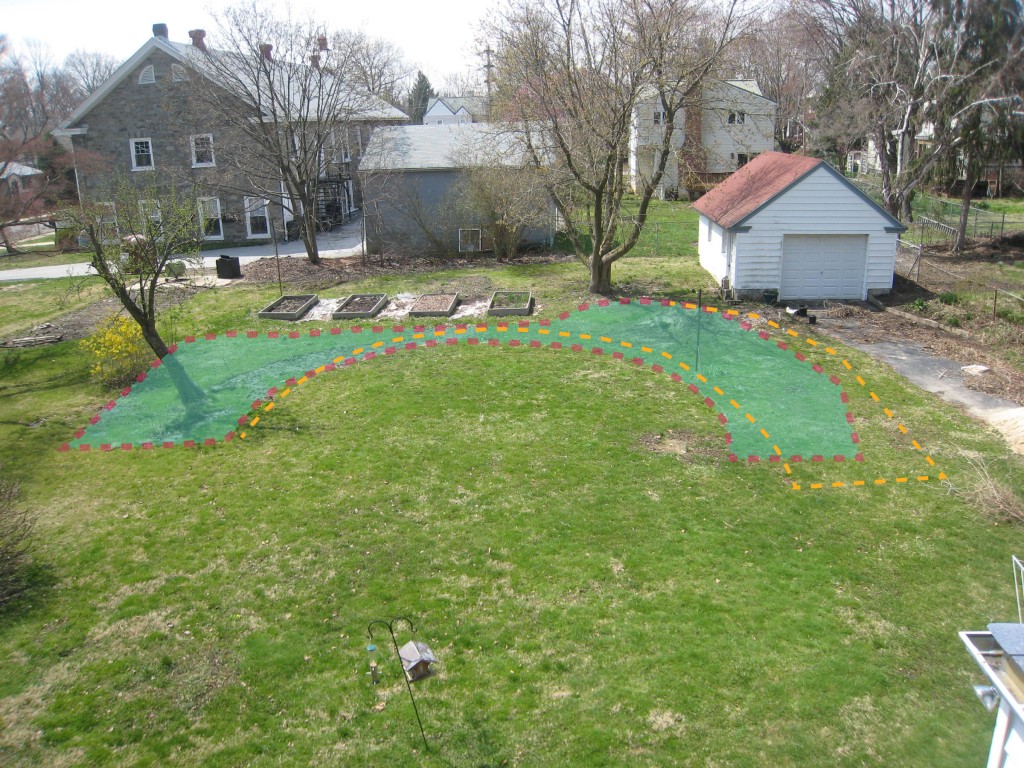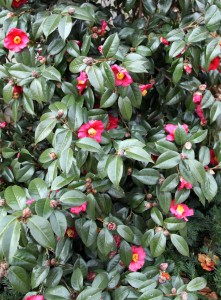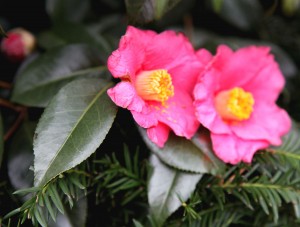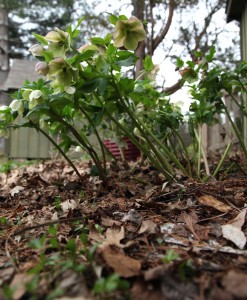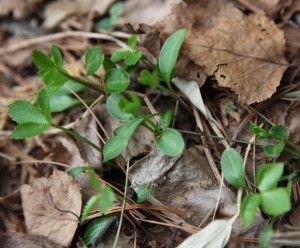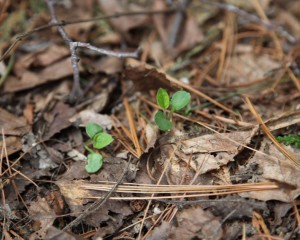I received a request for composter suggestions. In this case, for a smaller composting bin that looks acceptable and doesn’t take up a lot of space.
In our yard we use 2 methods of composting. For yard waste we have a big pile behind the garage. This includes mostly leaves, pine needles and grass clippings. It is not beautiful, but it is easy and it works. However, I was uncomfortable putting kitchen scraps (fruit and veggies) in there due to the potential for attracting animals (we already have a large family of bunnies nearby). After some searching last year we decided to go with the Ecomposter. It is a giant ball (which I thought was really cool). I envisioned it rolling around the backyard and letting the kids play with it. It spent the winter under our pine tree, but I think once the yard is back in order I would like to reconsider rolling it around the yard. I also need to empty it soon!
There are many options to choose from on the market but it looks like a lot of them are overpriced and overly fancy. Here are a couple to consider:
Ecomposter:
I use this for kitchen waste (only fruit, veggies & egg shells). I also add leaves occasionally from my large compost pile (brown matter) and coffee grounds. I like that it has spikes on the inside to help mix the compost while it rolls. I also like that it is completely enclosed. I bought it on sale at BJs for $99 last year (71 gallon), although it looks like it is priced at $144 and is out of stock at the moment. Amazon seems to have a similar smaller one for $100 (50 gallon).
Pros:
-Looks nice
-Completely enclosed
-It is made of recycled plastic
-Easy to turn
Cons:
-It took a couple of hours to put it together.
-The “door” can get stuck if dirt collects in the grooves.
-It can be pricey if you don’t find it on sale
The Soilsaver Compost Bin:
This is one of the least expensive composters out there and seems to do a reasonable job and has pretty good reviews. Also look around for this on sale. It looks like it should hold around 90 gallons. I would recommend getting a compost aerator for this type of set up.
Pros:
-Fully enclosed. and has a locking lid and screen
-Uses hard nylon screws & bolts that won’t rust
-Good airflow
-Easy to put together (must be placed on level ground)
– 25-yr manufacturer’s warranty
Cons:
-Can be difficult to turn the compost.
Make Your Own:
There are a number of sources online for making your own out of large plastic garbage cans. The nice thing about this is you can have these right next to your regular garbage cans (and they can even match!)
Instructions:
-Purchase plastic garbage can with locking lid
-Drill 1/4″-1/2″holes around the sides, top and bottom.
-Place garbage can on bricks or 2x4s. (alternately cut out bottom and bury the can a couple of inches)
-Add water if it gets to dry
-If it gets to slimy or wet add additional brown material (leaves or newspaper)
Things to consider with Enclosed Compost Bins:
The best set up is to fill one at least halfway up and then let it “cook” for a while. This means that you need to have 2 bins. One for cooking and one for filling. Then you empty the finished one and start over. I am going to empty my ecomposter into my large compost pile. It has been “cooking” for the winter. There will probably be some unfinished stuff in there. I may need to consider getting a second one.
You need to get the brown/green mixture right. It looks like a 4:1 ratio minimum is ideal but a 1:1 can still work. For brown material you can use brown leaves, shredded paper (no glossy paper) and cardboard. Green material is all of the kitchen scraps and “green” leaves and grass clippings from the yard. You should also turn your compost occasionally. This helps add oxygen and speeds up the process.

